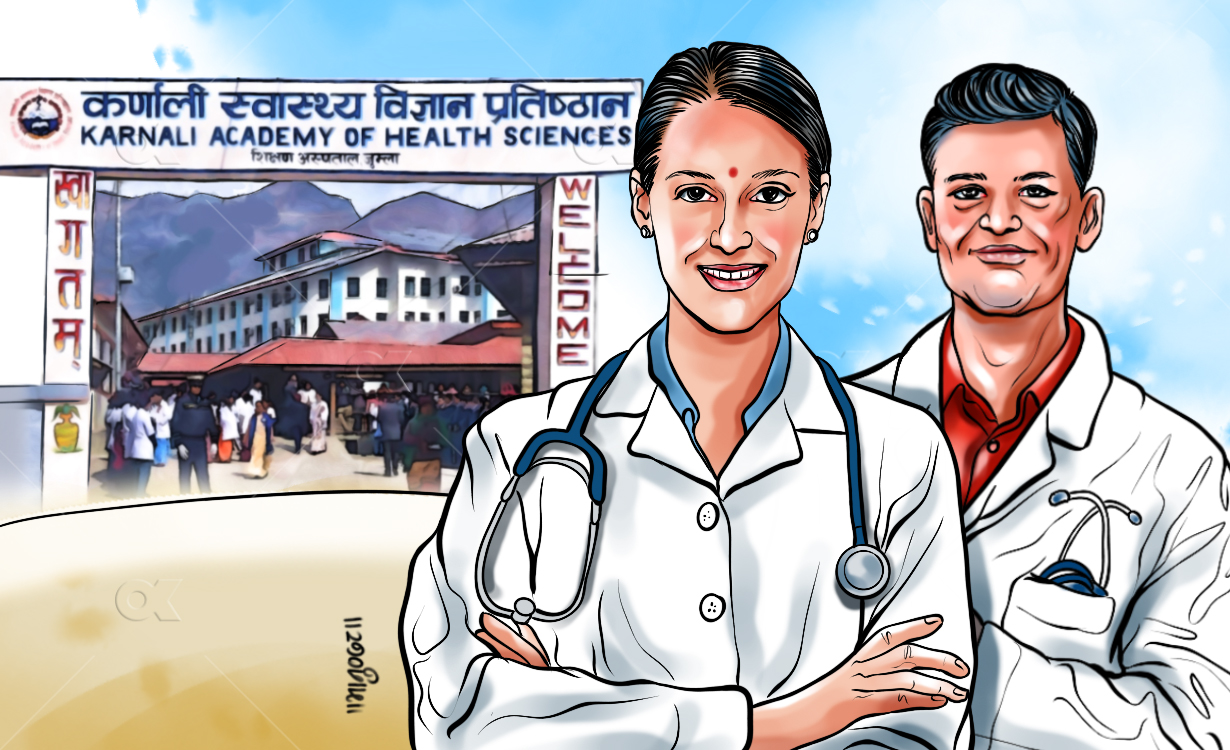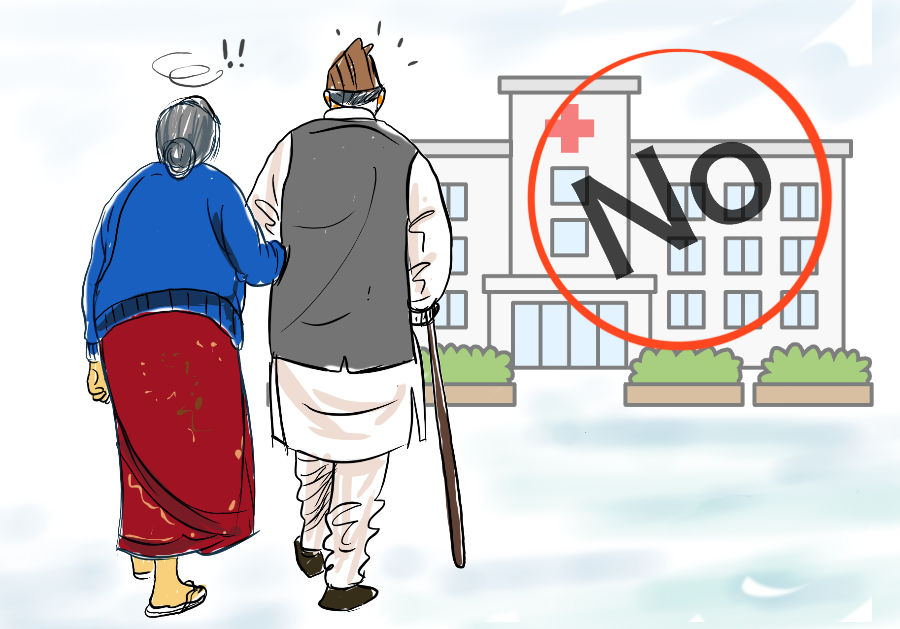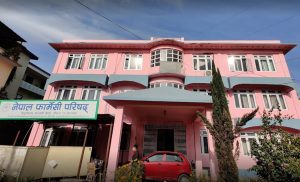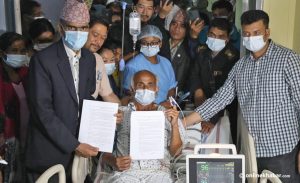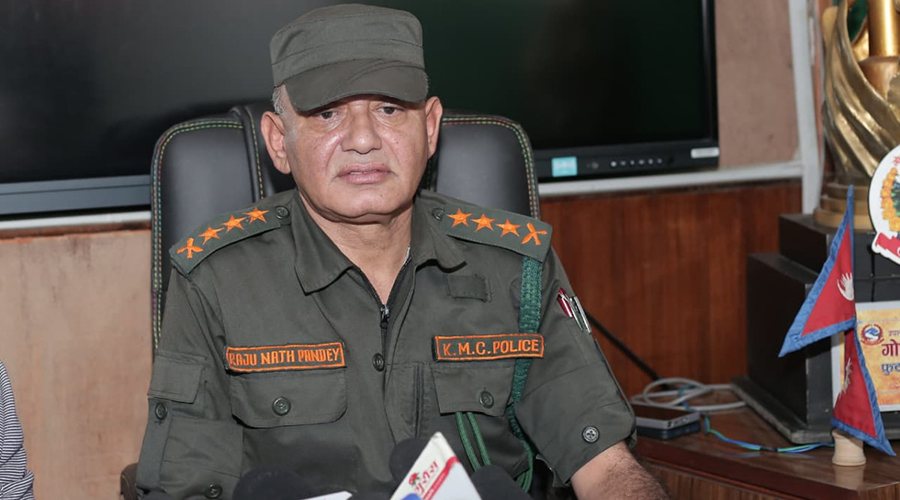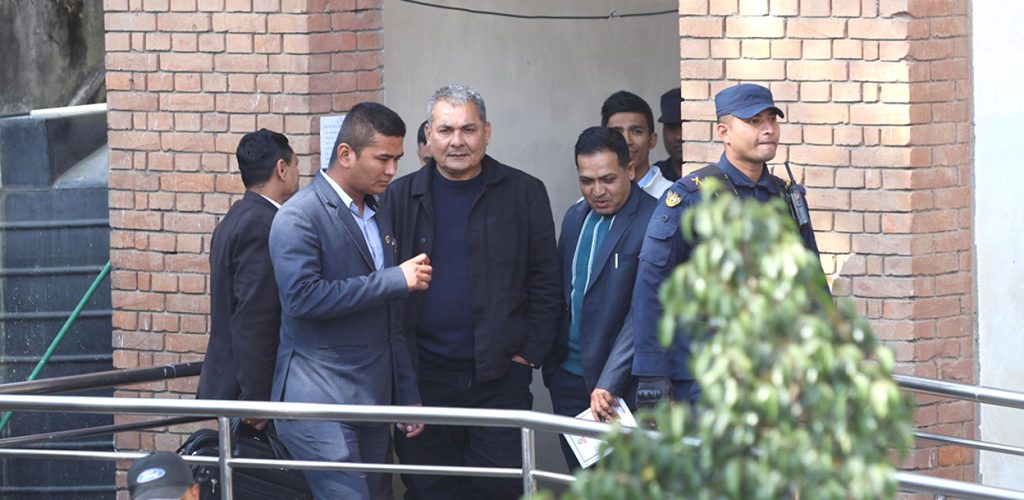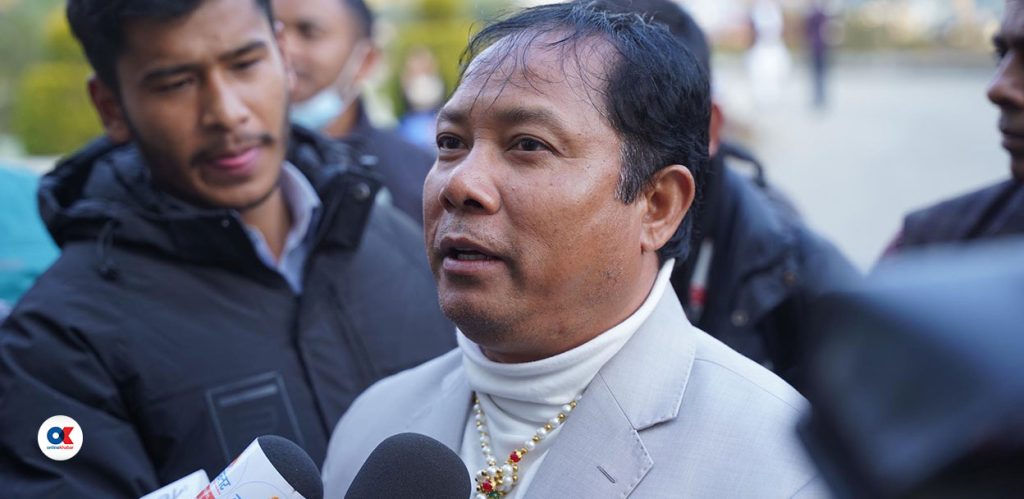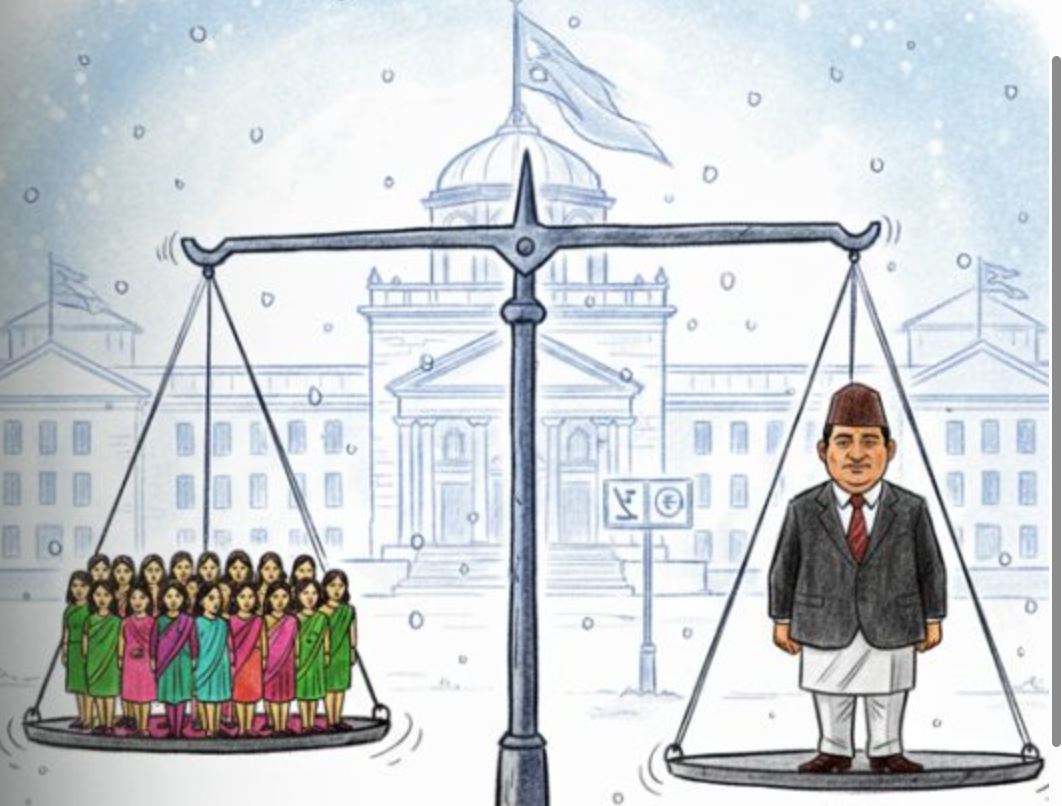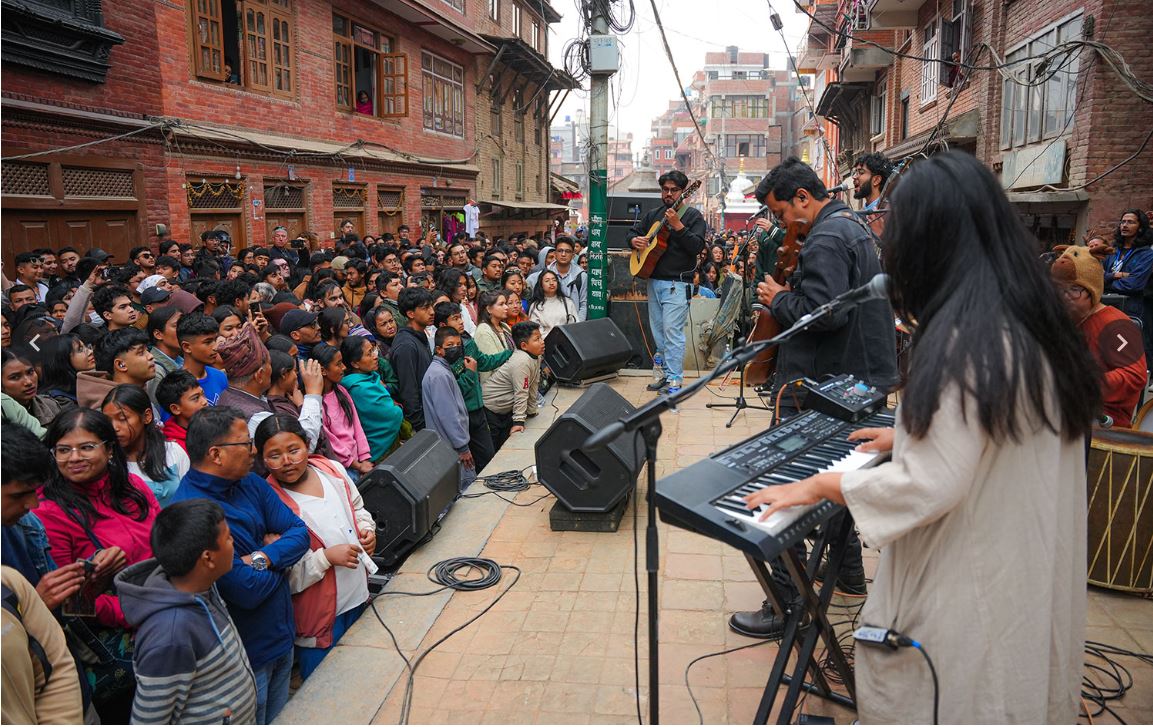Ten years after its establishment, Karnali Academy of Health Sciences (KAHS) will be starting MBBS classes, as it becomes the remotest medical school in the country. This comes as a boon to many students who had to pay millions extra and migrate to Kathmandu, Birgunj or Nepalgunj to study a bachelor’s in medicine. Consequently, those who left to study medical education, rarely came back to the area due to a lack of opportunities there as they chose to stay in the big cities or migrate abroad.
But, with the college starting the MBBS course soon, people believe that this is a major milestone as locals and activists had to go through a lot of hurdles to ensure the MBBS course started at the academy.
Hopes for change
If anyone had told a local from Jumla, Rukum or Jajarkot that they would be able to study MBBS at the KAHS, they would have called the person mad. Why wouldn’t they? Pregnant mothers had to be carried out on a basket (doko), passing treacherous terrains to get to a health post as most places of the province did not even have a qualified doctor.
News of patients dying due to a shortage of medicine was common as even lawmakers from the area have addressed the issue countless times.
“People have been dying in Karnali because they didn’t have access to basic health care,” says Naresh Bhandari, a member of the Provincial Assembly.
Every time the topic of starting an MBBS course at the KAHS came up, people who were against it always had one point – who would come study MBBS at a place where a medical officer could not last a few weeks?
Their concerns were valid too. There are hundreds of hospitals in major cities that offer doctors and students a better experience. If given a choice, even people from Karnali would choose to go to these major cities.
The academy was established in 2011. But, for the first nine years, there has been no talk of starting MBBS classes there, leaving a lot of people disappointed. Their disappointment was justified as Patan Academy of Health Sciences started MBBS classes a year after its establishment while Pokhara Academy of Health Sciences started its MBBS classes after four years.
Upon its establishment, the Karnali academy was also meant to provide medical services and education to nine different districts of the region, which was increased to 13 during its seventh general assembly.
Before the KAHS, the people of Karnali had to travel to cities like Birendranagar (Surkhet), Nepalgunj and Kathmandu to get proper medical service. Now, they will be able to get similar services in the 300-bed hospital at the KAHS. But there are challenges as it still takes a week to get to Jumla, where the KAHS is located, from Humla and Bajura. Even though the KAHS has promised to send health workers and set up health posts in more areas of the province, no inroads had been made as the academy did not produce any doctors so far.
Journey to start MBBS
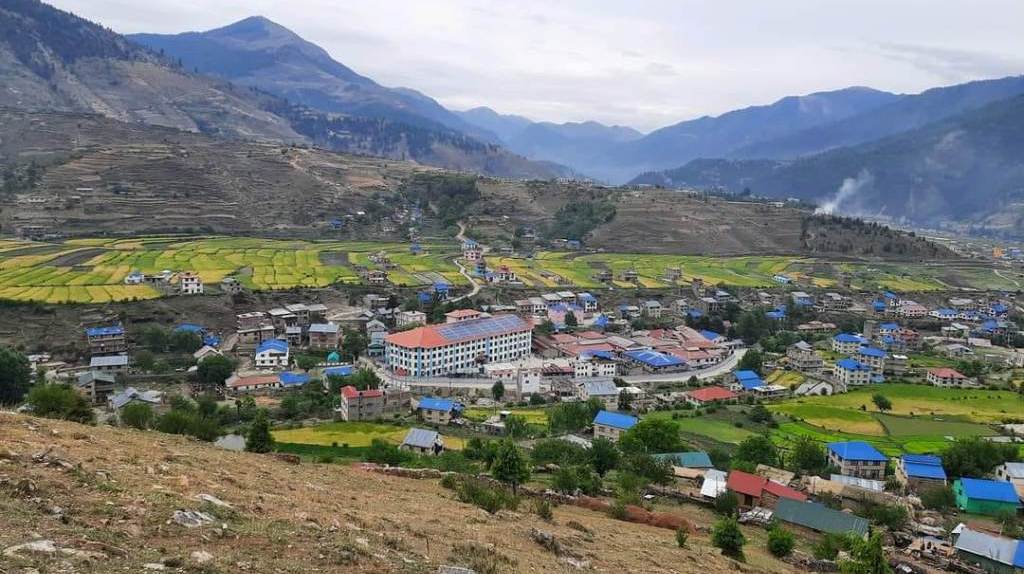
Even though the academy was established in 2011, it did not get any budget until 2014 when it started constructing the 300-bed hospital. The hospital was completed in 2017, but due to a lack of medical professionals and equipment, it was not under operation. Two vice-chancellors retired after doing little to no work.
But, things have got better after the appointment of Dr Mangal Rawal as the vice-chancellor. It took him a little over two months to get permission to start the MBBS programme at the academy. Despite it looking smooth on the outside, Dr Rawal says a lot had to be done to commence the MBBS course at the academy.
Former registrar of the academy, Bishwa Raj Kaphle, says that the previous leadership laid the groundwork as it constructed the hospital and labs and even decided on a syllabus/
“We’d done everything and were ready to start MBBS classes, but due to Covid-19, that didn’t happen as our term ended,” says Kaphle.
He says they had done everything and were awaiting approval from the Education Ministry, but Covid-19 hit Nepal hard and things were postponed.
By 2015, the academy had already started MD, public health and nursing courses where five, 20 and 20 seats were allocated respectively. But, due to a lack of proper infrastructure, MBBS had been put on hold, says Kaphle.
In order to get affiliation from the Medical Education Council, an academy must have skilled faculty, proper equipment and infrastructure. As the academy did not fulfil these criteria, it did not get an affiliation, says Dr Dipa Sharma, the director of the council.
“They had fulfilled the criteria to start MD, MPH and nursing, but we couldn’t give them one for MBBS as they just didn’t have enough resources to start the course,” says Dr Sharma.
Dr Rawal says that he and Dr Rajendra Walge, the academy’s former vice-chancellor, had met former Prime Minister KP Sharma Oli regularly over the past three years. They had also gone to the Medical Education Council to ask for affiliation. The council over the past year had shown interest in doing so.
Medical education pioneers Dr Arjun Karki and Bhagwan Koirala were also in constant consultation with the government asking the council to give them permission to start it. But, they were also getting the same reason, the academy just did not have the resources to start it.
“There came a time when we realised that the government will eventually give us permission. We had to make the institution stronger and carry on doing what we had to do to create a positive impression,” says Dr Rawal.
Medical education campaigner Dr Govinda KC also played an important role in all of this as he even went to Jumla itself to stage his 18th hunger strike asking to make changes in the Medical Education Bill. One of his main demands was that the government help the academy start the MBBS course.
“It was inevitable that we would have started MBBS classes here. But, without Dr KC’s continuous pressure on the government, I don’t think it would have happened so soon,” says Dr Rawal.
Vision of the KAHS
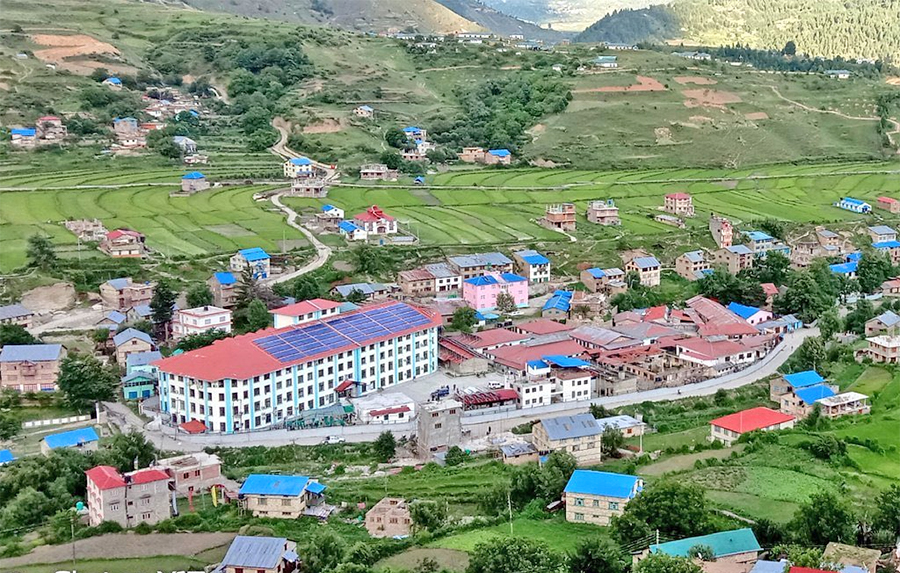
Getting permission to start the MBBS course was hard. But, starting the academy in such a remote part of Nepal was harder.
“It shocks me how this happened when the government and most of Nepal still doesn’t care about the place,” says politician Naresh Bhandari, who says hundreds of people have died in the region due to a lack of hospitals and doctors.
He says people sold their lands to charter helicopters and go to cities like Kathmandu for treatment.
“Medical officers refused to stay here. When that happens, the future of an academy like the KAHS is always under threat,” he says.
But, when Bhandari became a lawmaker in 2008, he along with others started a campaign to establish a hospital in the area. The same people who started the campaign to start the hospital then started to dream about the KAHS.
However, when he did bring forward a plan, people ridiculed him stating that there was no way that a place like Karnali which was so remote and geographically challenged could have such a major academy. But, the government and other lawmakers supported him and the idea to start a medical academy.
Now, Bhandari hopes the KAHS can do something that no one had ever dreamt of. “This is the same place where they said no one will come and study or teach. Now in a few years, we will be sending doctors to the rest of Nepal,” he says.
Now, the responsibility to take the academy forward falls on the shoulders of the 38-year-young Dr Rawal. He calls himself the medical sector’s ‘pilot project’ as he calls for more young people like him to change the face of medical education in the country.
“When the country is seeking youth leadership in politics, why shouldn’t we be looking for the same when it comes to the medical sector,” he questions.
He says that the youth can help bring positive change to the sector as he adds that being a VC at such a young age will promote young people to work hard to be successful.
“Had I been a VC at 75, it would have been a bad message and I myself wouldn’t work as hard as I would have now. But, now I can do a lot more because I have a lot of ideas and am full of energy,” says Rawal.
That said, there are challenges to run the MBBS course smoothly. The academy first needs doctors who specialise in various fields and the academy needs to arrange a place for them to live in. If these doctors do come there with their families, they will not have a proper school to send their kids to. But, Dr Rawal says he will deal with these challenges one by one as he aims to make the KAHS an example of a well-run medical school in the world.



